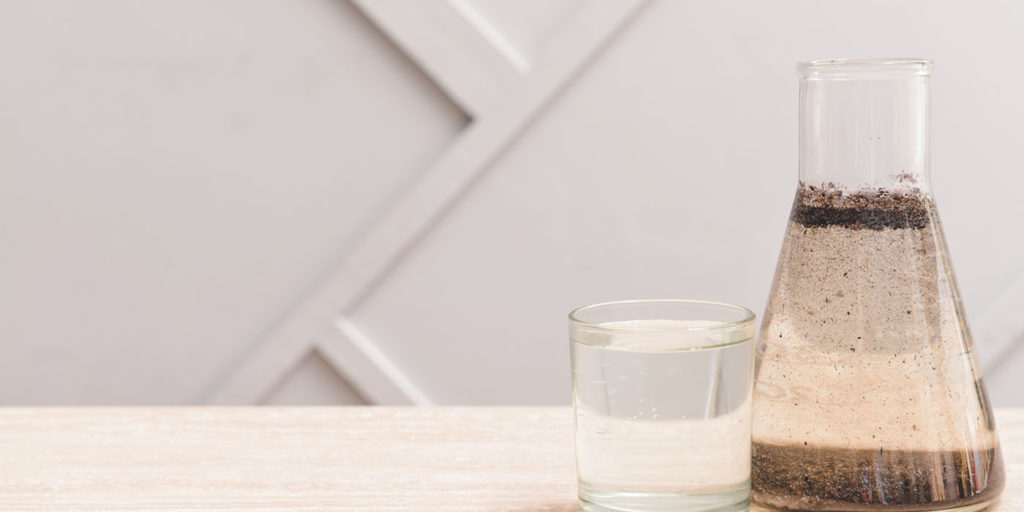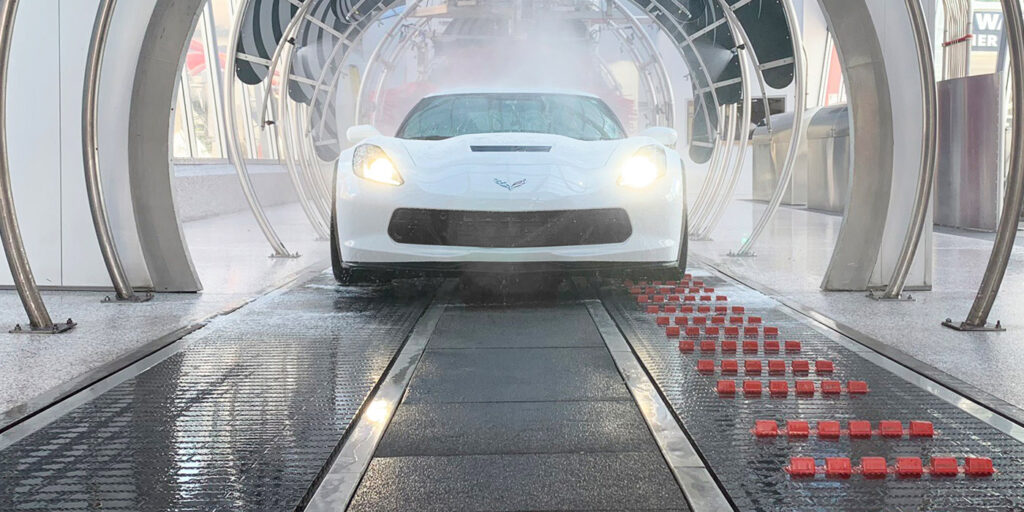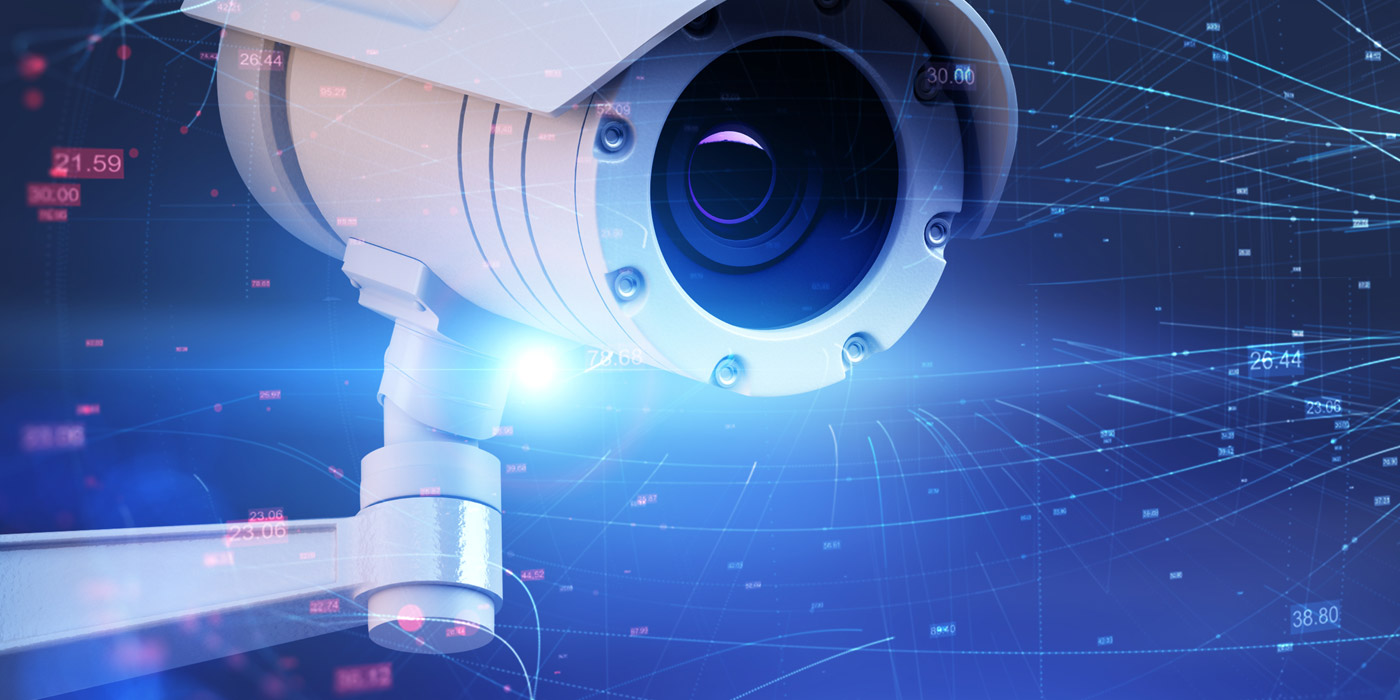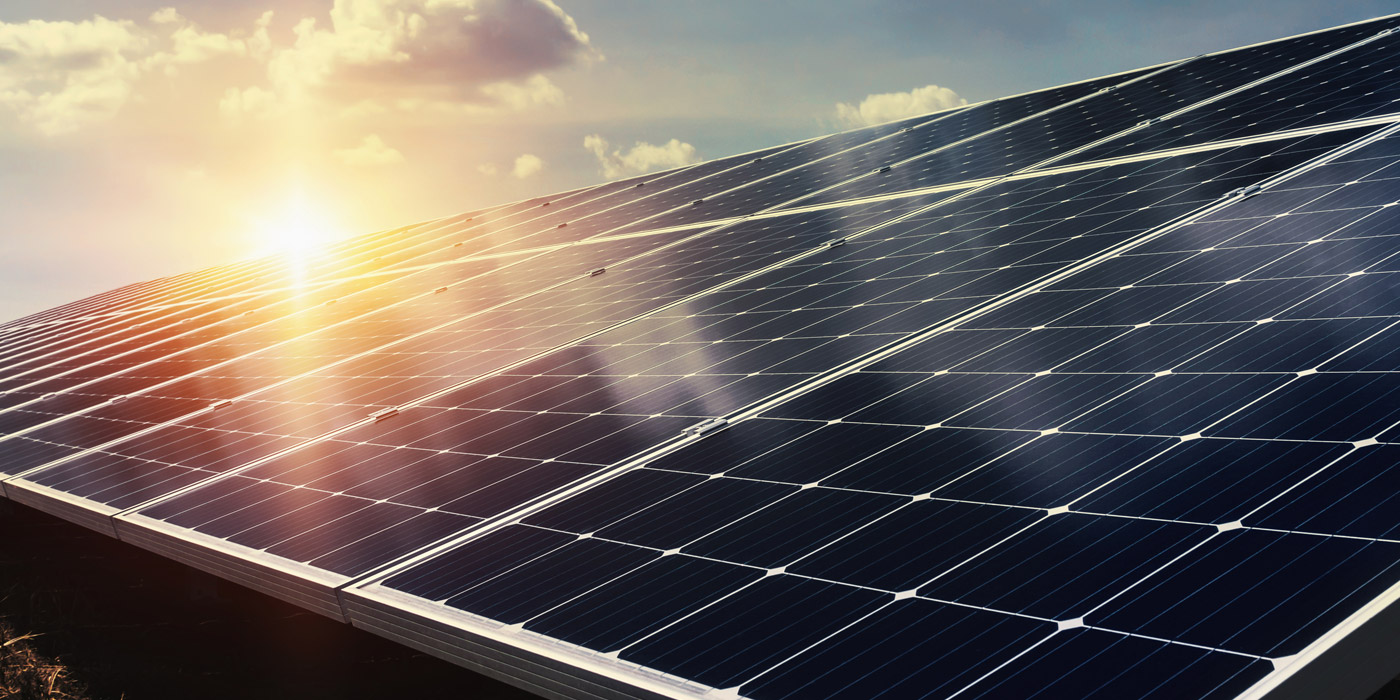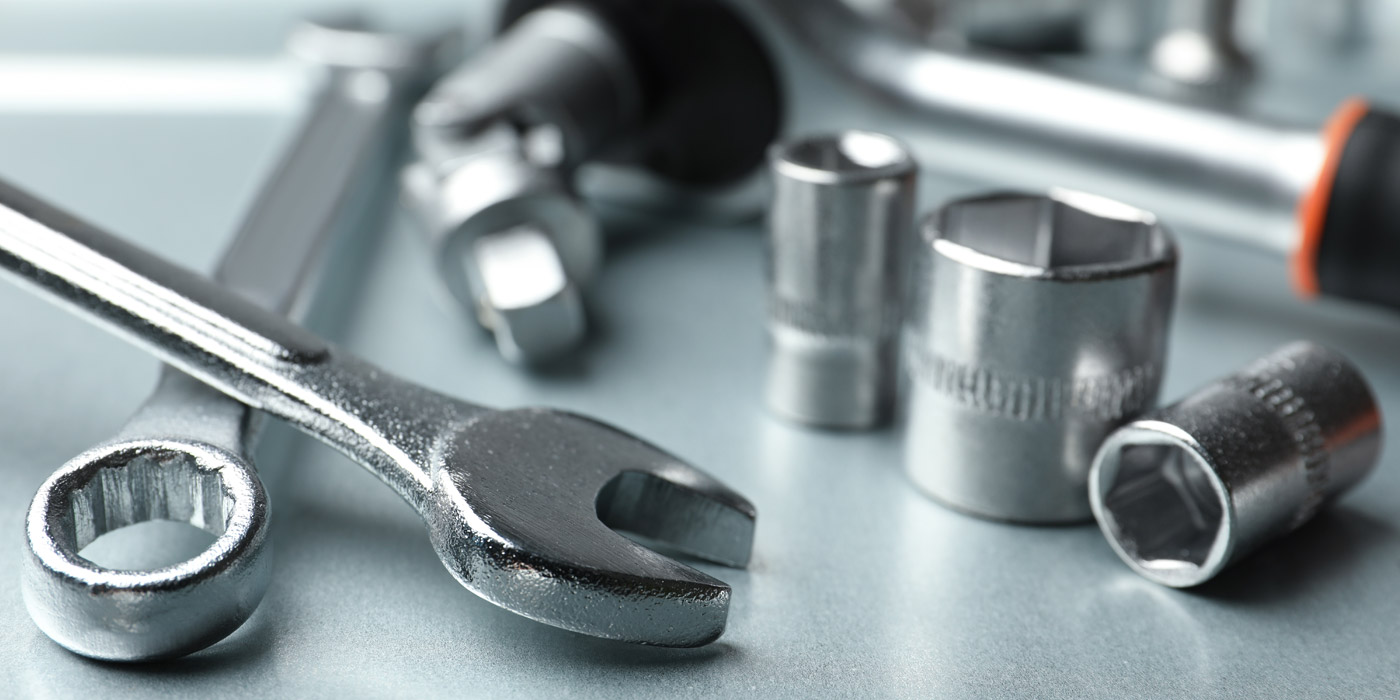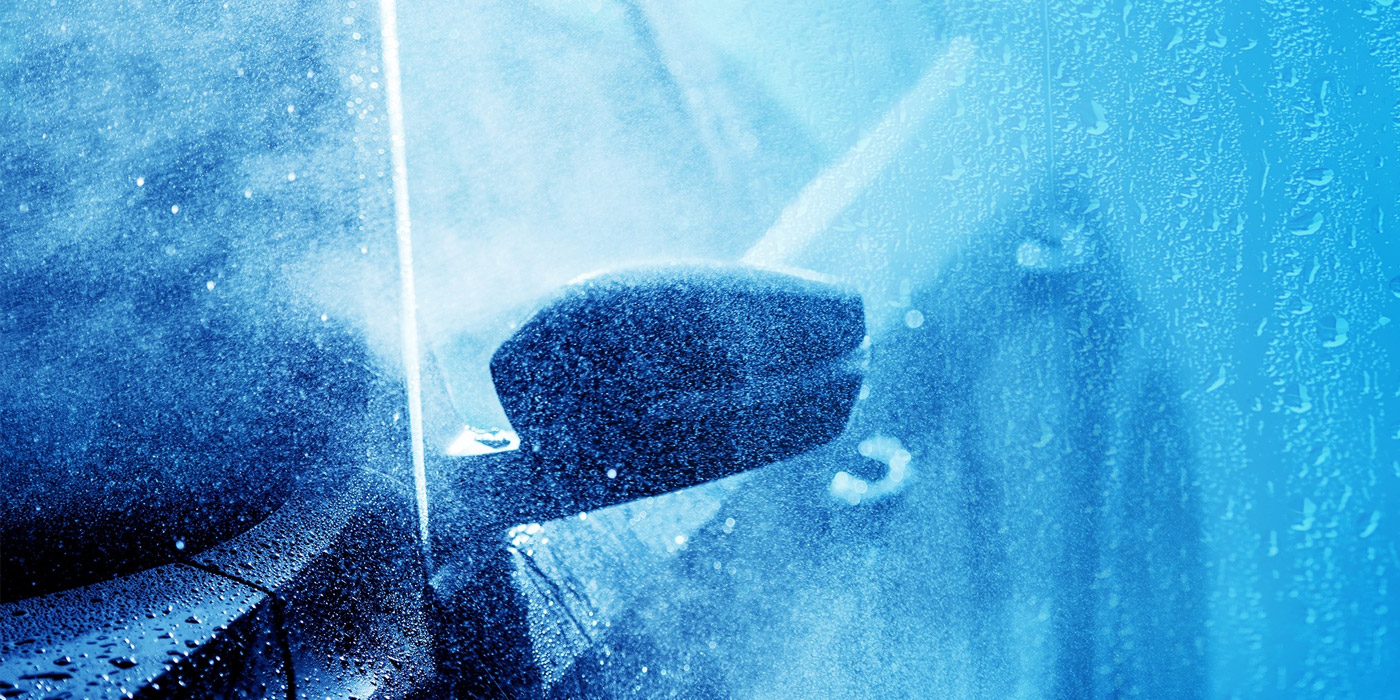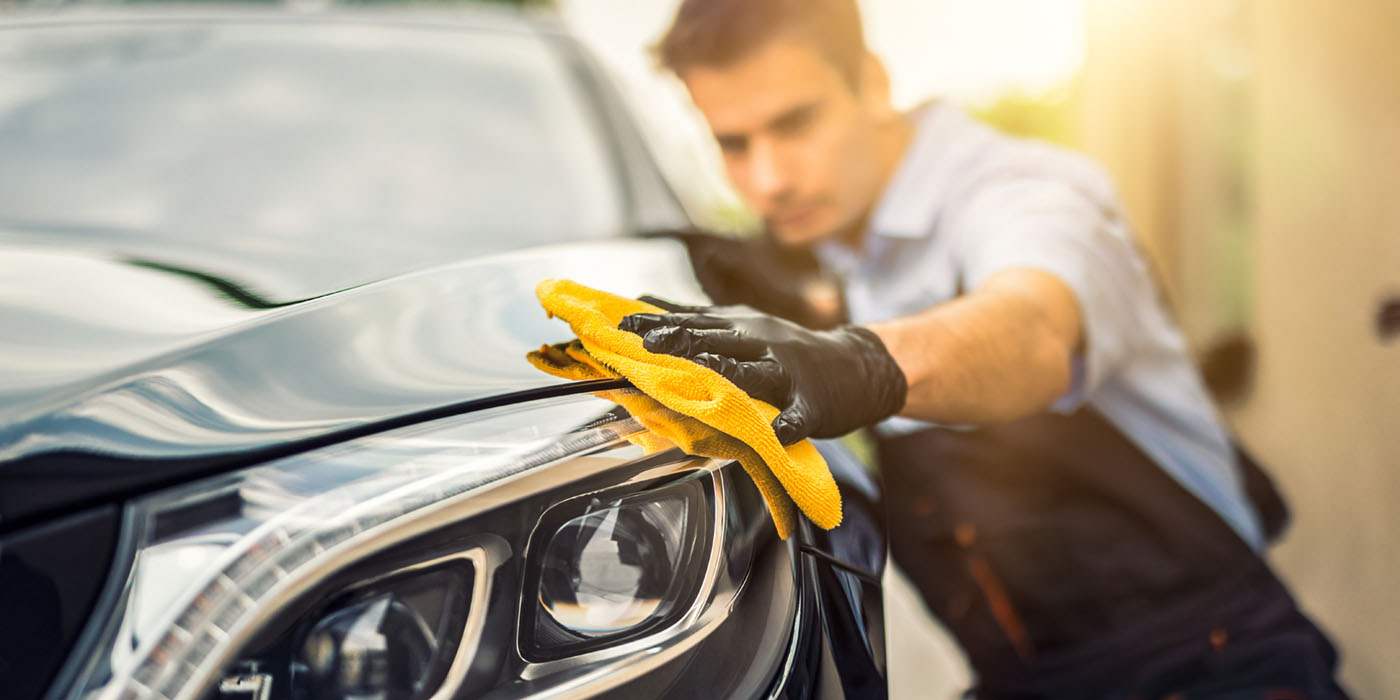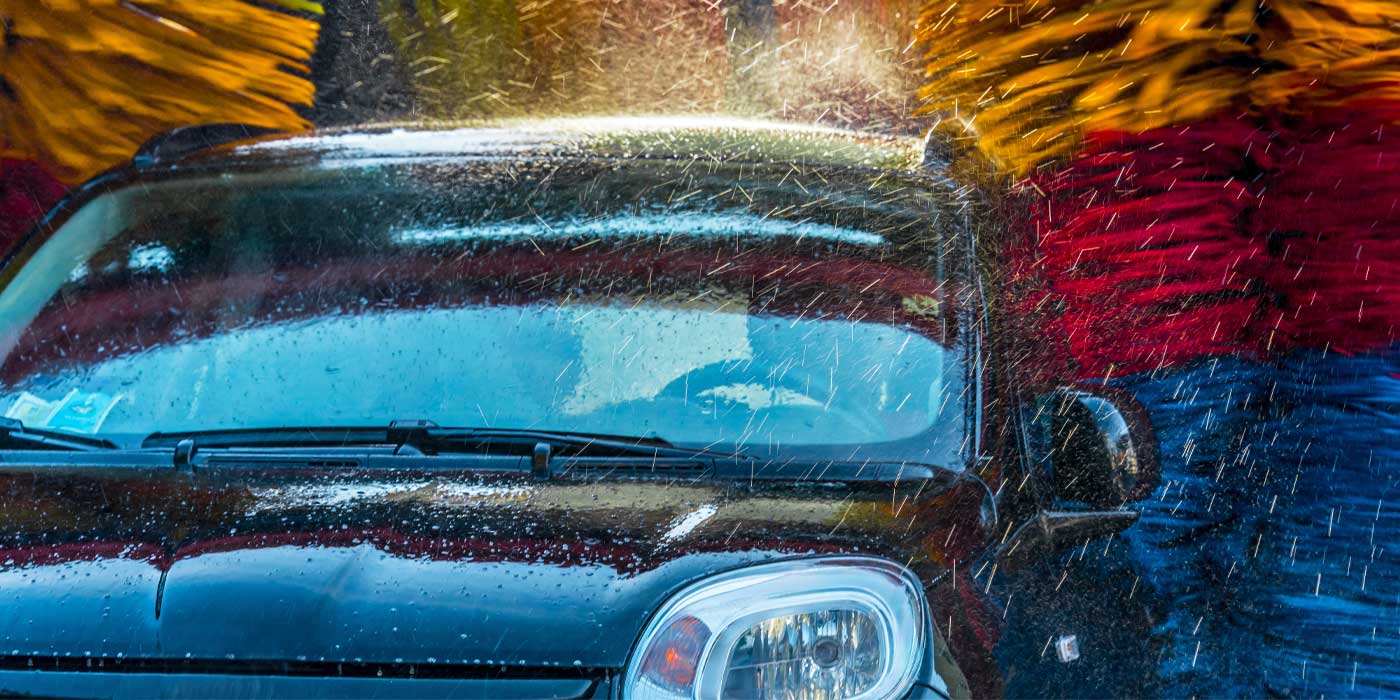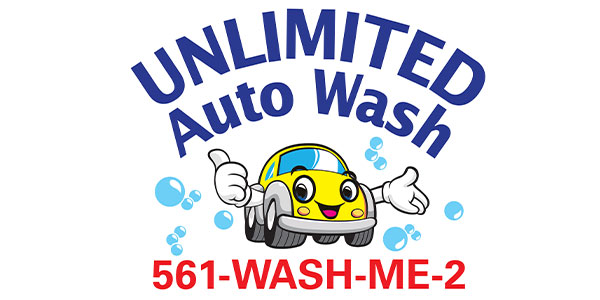You pay for every drop of water that comes into your wash. Like a growing number of carwashes each year, getting a reclaim system helps you make the most of that H2O before it gets flushed into the sewer. Mounting pressure from cities to conserve as well as increasing water costs make a reclaim system a smart and profitable choice to be effective with the water resources your business uses. It’s also green.
But where to start? Though it can bring amazing returns and profits, this is not a cheap investment. Exploring some key factors will help in making the decision of which equipment is right for you.
Understand your goals
Why do you want to purchase a reclaim system? Do you need to conform to code? Do you want to save on growing water costs? Is your environmental consciousness pushing you to do something for the planet? Do you want to make a good impression with your customers and market your business as environmentally friendly?
Different systems have different costs, returns and rates of effectiveness. So, you can see it is important to do the long-term math prior to making any decision.
Climbing costs for regional water
Depending on your location, a reclaim system investment might be more or less profitable. For instance, it is not uncommon to see some carwash operations in North America with yearly water costs over $275,000 (and rising). In those cases, water becomes the most significant expense, costing more than energy and chemicals. It is therefore very important to save every drop you can, and acquiring a higher-performance reclaim system will be of more interest than a cheaper option that simply conforms to code or allows for “green” marketing.
So, depending on the cost of water from a wash’s location, the return on investment (ROI) period can vary significantly. Yet, once that ROI period is covered, those water savings translate to great net profit year over year.
Equipment manufacturers and your accounting professional can assist you in making the right decision. One sure equation is that the more you pay for water, the greater value it will be to you to invest in a high-performance reclaim system.
Regional contaminants add up
Depending on which region you live in, cars introduce increased road film and contaminants to water outflow when processed at your carwash. These additional contaminants are often soluble in water, and though not visible, they affect wash quality in very negative ways.
No matter your location, your level of reclamation or your wash count, the reclaim action will induce a concentration effect of any and all input to the fresh water — including chemicals (soaps and other), road film, oil, grease or simple dust and sand particles. In some rural areas, you also have to deal with animal excrement that carries a high concentration of bacteria and microbes. That is true for all reclaim systems, no matter the manufacturer, and different locations will bring different performance results.
Winter and reclaim
In areas that experience cold, white winters, water properties are drastically altered by the snow-melting formulas spread on the roads. There are many different ice-melting agents; however, the five most common deicers that comprise 95% of the market are: sodium chloride, magnesium chloride, calcium chloride, potassium chloride and acetates. In a partially or fully looped water reclaim system, the water hardness (caused by both calcium and magnesium) will constantly rise while these deicers are present. The smaller the water reserve, the faster hardness and salinity will climb.
If nothing is done to remove that salinity, after a week, the total dissolved solids (TDS) count could be between 5,500 and 11,000 parts per million (ppm), and at the end of the month you will be washing cars with what is effectively seawater.
Related: How to prepare a carwash for winter
This is a necessary consideration for carwash operators, since, without a reclaim system, there is no accumulation or concentration effect. Used water is constantly replaced with expensive, fresh water.
With reclaim, you must use various methods, such as flushing the system or continually adding fresh water to the loop, to combat these winter conditions and keep the water effective.
The closed loop filtration and concentrator effect
Reclaim systems vary in their capacity to deliver results. A lot of that has to do with the filtering technology they are employing. Most filters are rated by their cut-off limit, or the minimum size particle that they let through (unless you opt for a tangential filtration system, which brings complexity that needs to be addressed by specialists). The best filtration results you can expect with water reclaim are ±3 microns (µ).
Depending on your location, some abrasive road substances and plain dust collected by vehicles are smaller than 2 microns and will render your water blurry even after thorough, conventional filtration. In a reclaim environment, this blurriness will increase as you circulate the reclaimed water through the closed loop reclaim process.
These situations are unpredictable and can be addressed only once they are noticed on-site. Very few reclaim equipment manufacturers have the capability to address these situations. In such cases, you generally have two solutions: one is to invest in an additional piece of equipment to remove the blurriness, while the other is to manually monitor the blurriness and periodically flush your reclaimed water tank, clean it and start over.
A similar situation is caused when the chemical concentration in your reclaimed water increases to a point where the water in the reclaim tank has to be treated or disposed of.
Whether partial or full water reclaim, there will be a concentration effect, since total suspended solids (TSS) and TDS that cannot be caught by the filter build up in the reclaimed water in a carwash. The reuse of water, no matter to what extent and performance, inevitably brings a closed loop concentration effect on all the water it processes. For this reason, a measure of fresh water, particularly in chemical mixing and the final rinse, is typically added to improve wash quality and combat this buildup of unwanted solids and soluble particle levels in order to keep the water performing well for as long as possible.
Water reclaim equipment types
There are many reasons to get reclaim systems, and they also come in a variety of shapes, sizes and performance levels. The three main categories include:
- Reuse water savers
- High-pressure reclaim units
- Total-reclaim equipment
- Biological treatment
- Equipment solutions.
Reuse water savers: the most affordable option
Reuse water savers are basically hydro-cyclonic separators that will give you a water filtration cut-off dictated by the specific gravity of the particles present into the wastewater. You might expect to get a 25- to 75-micron segregation, and the more lightweight particles found in your water, the more troubled your reclaim water will be.
The reclaimed water generated by those systems is used to rinse bay floors or clean trenches more than anything else. It is not recommended for high-pressure piston pumps, such as CATs or similar pumps. Additionally, it is totally inappropriate for chemical mixing.
Another fact to consider is that hydro-cyclonic filtration works well when performing at 80%-plus of flow design capacity. Therefore, as an example, a cyclonic separator designed for 40 gallons per minute (gpm) will not segregate particles if it is delivering 6 gpm, such as a chemical application cycle. The lower limit of through-flow to achieve separation will be 80% of 40 gpm or 32 gpm minimum. This means it is not suitable to directly feed your wash equipment.
The only real advantage of those low-performance filtering apparatuses is their low price compared to pressure reclaim equipment. So, if you are strictly looking for a code approval and not concerned about saving water, that should be your choice. Get approval and feed your in-bay maintenance hose with it, and you will be satisfied with the performance.
High-pressure reclaim units: the best performance available
High-pressure reclaim units are a different breed. Depending on the manufacturer and model chosen, they can be fully automatic with alarm web reporting and self-cleaning filters. Other products are totally manual, needing hands-on filter cleaning and offering no alarm for problem detection. Prices will vary according to operational convenience and filtering performance.
We recommend a fully automated unit, as the difference in price will be well offset by the additional water savings over the year.
Typically, those units give you a filtration quality between 3 to 10 microns, well suited for piston high-pressure pumps, and they will feed the wash station directly during the wash cycle. As suggested in the name, they feed the high-pressure cycles of the wash but do not produce water of a sufficient quality for chemical application or final rinse.
The best value options on the market offer self-cleaning filter units and onboard odor control with full automation and filter cleaning as well as online monitoring and firmware updates. Best performance can be expected from reclaim units equipped with media bed filters and auto backwash cycles.
Being hooked to the high-pressure cycles, these systems can typically save between 50% and 65% of your total water usage. The exact quantity saved is dictated by your wash cycle configuration and not by the reclaim equipment itself. As such, the reclaim equipment will reclaim 100% of the water it is required to supply; it is the fresh water low-pressure volume that defines the reclaim percentage or efficiency.
As an example, an in-bay automatic rollover using 95 gallons per wash total will save between 45 to 65 gallons of fresh water per wash, depending on the wash type and cycle configuration. Due to the difference in chemical additives, the low-price wash offer (with fewer chemical applications) will save a higher percentage of water than the high-end wash (with added wax and sealants).
The price of the equipment ranges between 60¢ to 75¢ per rated gpm, and the ROI is normally relatively fast. This provides exceptional savings on water costs once that return is made.
Total reclaim equipment: the future
This category of equipment is attempting to reclaim all of the wastewater to reuse it totally and leave a minimal trace in the environment. It is impossible to really reclaim 100% of the water volume, as some water is dragged out of the wash by cars and some loss is caused by evaporation, misting and the sludge produced by the oxidation process; however, the figures attained are impressively near 95%. These applications are also popular for locations where no sewer is available and where operators must rely on wells for their water supply.
These are in two separate categories: a biological type of treatment and a mix of mechanical and chemical water treatment.
Biological treatment system
The idea of a biological (natural) treatment is appealing to environmentally conscious buyers or operators. After all, most municipal wastewater treatments in North America use a biological treatment of some kind to degrade the contaminants dumped into the sewers. Additionally, the technology for biological treatment is available and used in many carwashes today.
However, the effluent (waste) of a carwash is much closer to an industrial effluent than municipal domestic water waste. In domestic effluent treatment, the bacteria are present in the substrate and will develop naturally with the addition of oxygen. In a carwash effluent, bacteria must be seeded and maintained to sustain the treatment. In both cases, oxygen addition is required by low pressure blowers injecting ambient air (±21% oxygen).
Among the most important drawbacks of the biological system is the significant size of the underground tanks required for biological treatment (referred to as reactors). An important fact to consider is the constant maintenance necessary to remove the green bacterial film these systems produce on walls, floors and equipment. Additionally, during the cold winter months, the water will become colder, slowing down bacteria growth, thus reducing degradation of contaminants and producing increased salination due to deicing agents. It also requires more frequent flushing to remain operational during this time of year. Most carwash operators with such systems shut them down during colder seasons.
Biological treatment can be an extremely expensive option. Considering the operational complexity and the seasonal performance degradation, it requires a good brainstorm session prior to committing to such an investment.
Mechanical equipment system
The alternate total reclaim solution is a mechanical system coupled with oxidation reactors and high-level post filtration.
This new technology has been under development for a few years, and several custom-built examples are in testing. This equipment is much more promising than the biological avenue, as it can adapt better to many geographic locations and offers a constant performance through time and seasons. This next generation of technology will be the way to go once its development is complete.
Only a few of the current manufacturers have the technological depth to develop affordable, high-performing systems of this caliber and will be required to train operators’ personnel and technically support this highly sophisticated equipment.
Select manufacturers have been working on this technology for over a decade and hope to introduce a new generation of performant processes that will leave no water untreated. While it can be anticipated to be an expensive option, this will be the best option for water reclaim solutions and hopefully will be available to the market in the not-so-distant future.
Water reclaim: a new normal in carwashes
While there is much more to learn when deciding on reclaim systems that will fit your business — such as costs, odor control, and specific pros and cons across the various solutions on the market — it’s clear that water reclaim is a great option for most carwash operations. We foresee that the demand for carwash reclaim will grow 5% to 10% per year as water use becomes more expensive and restrictive. Our environmental responsibility also cannot be ignored as we see the impact humanity has on fresh water resources around the globe.
Whatever reasons have inspired you to investigate water reclaim for your carwash business, the best-performing and best ROI option that you can consider today is a high-pressure reclaim unit.
Clear Technologies is committed to improving water consumption in the carwash industry. Our team brings robust expertise from the carwash and water treatment industries. We are dedicated to developing a leading-edge reclaim water system that cleans dirty water for reuse again and again. With today’s evolving carwashes, Clear Technologies is developing innovative and reliable water reclaim systems for the carwash industry. Save Water, Save Money, Simply — with Clear Technologies. Contact us at www.cleartech-inc.com, (833) 622-1643 or [email protected].

